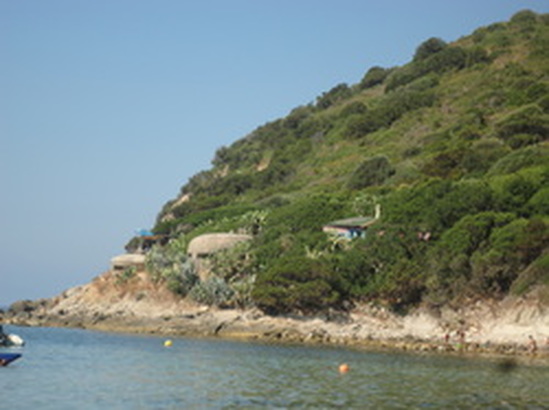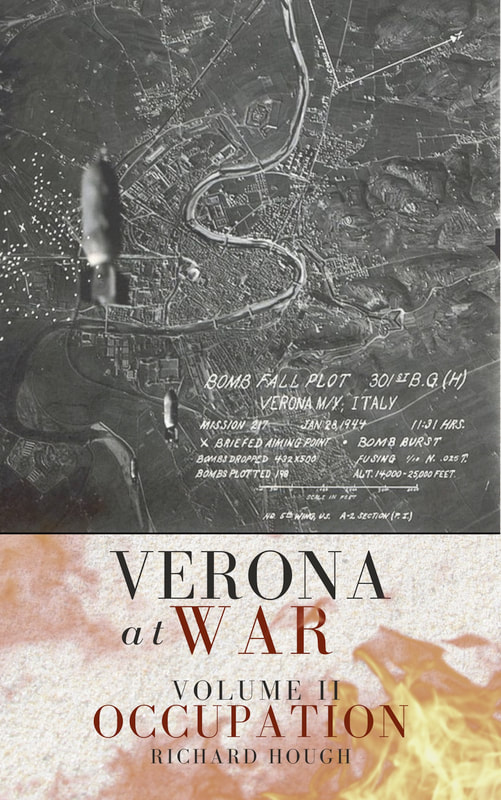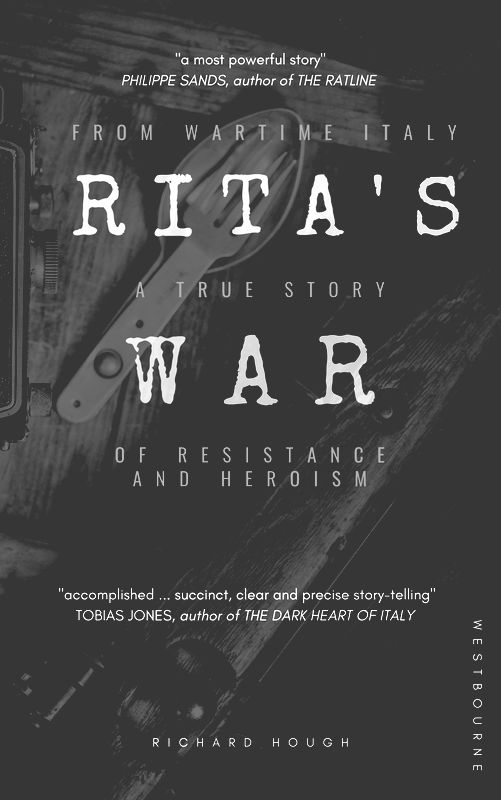|
Noticing a Second World War military bunker overlooking the beautiful La Speranza beach (8km south of Alghero), Richard Hough asks: why is there a Second World War pillbox on this beautiful Sardinian beach?
These reinforced concrete relics of the Second World war (known as pillboxes), equipped with sinister looking holes through which to fire machine guns, are more common to the beaches that formed Hitler’s Atlantic Wall on the western coast of Europe. But what are they doing on this beautiful beach in northern Sardinia? In fact, what on earth happened to Sardinia during the Second World War (perhaps I missed that Beevor volume)? Were shots fired? Was there an invasion? Did a battle take place right here on this beach where I’m now building sandcastles with my gleeful five year old? We’d travelled south from our base at Santa Maria La Palma, bypassing Alghero, then found ourselves on a beautiful coastal road that drove like something from a James Bond movie. La Speranza beach was more relaxed and laid back than the lidos surrounding Alghero. But, it was the August holiday week in Italy and the beach was busy (but not crowded). It didn’t take long, though, to notice the discreet bunker on the northern corner of the bay. Having noticed one, it was only a matter of time before we found the others (in the centre behind the bar and at the southern end of the bay). During the Second World War, over 18,000 such pillboxes were constructed in Britain to resist the planned Nazi invasion. These bunkers were also constructed throughout Europe by the Nazis to defend strategic objectives such as bridges, jetties or, as in the case of La Speranza, beaches. Ultimately they were built to repel the anticipated Allied counter-invasion. They were often camouflaged in order to conceal their location and would have been surrounded by barbed wire and minefields. Clambering over the pill boxes at La Speranza, you notice a couple of things. The first is the thickness of the reinforced concrete (at least 18 inches). The second is their location (one at either end of the beach and one in the centre), creating what must have been a deadly killing zone in the shallows and on the beach. The barbarity of these mechanisms is in stark contrast to the idyllic scenes of Italian families soaking up the sunshine during the national holiday of Ferragosto. In Sardinia, the main task of the occupants of these pillboxes was to prevent landings by the enemy; to contain any troops that did land; and to force them back into the sea. In the event, they were not necessary. On 10 July 1943, Operation Husky, the invasion of the so-called ‘soft-underbelly’ of Europe, began. But Sicily (and not Sardinia) was chosen as the Allied invasion route from North Africa to the Italian mainland. Given that the anticipated counter-invasion never came, manning the guns at La Speranza beach in Sardinia must have been one of the more agreeable ways to see out the Second World War. It certainly beats a posting to the Russian Front. |
AboutRichard Hough writes about history, football, wine, whisky, culture + travel and is currently working on a trilogy about wartime Verona.
|




